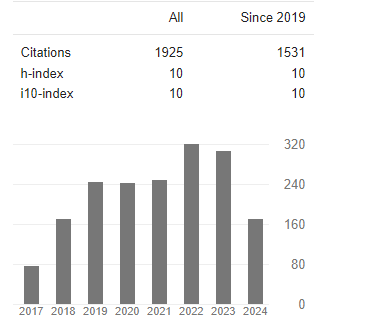Survival Analysis of the Sick and Injured in the Era of Pre-Hospital Care in the Upper East Region of Ghana
Abstract
Marcellinus Moabom, Peter Akayuure, Anuwoje Ida L. Abonongo and Albert Luguterah
An emergency occurrence is an uncertain event, and the risk of losing a single soul or life is a concern to many health managers and other related healthcare agencies. Over the past few years, many health concerns have fo- cused on bridging the gap between patients and their caregivers. In this regard, the research interest is to perform a survival analysis of the sick and injured in the era of pre-hospital care in the Upper East Region, and the method used was survival analysis for the occurrence of life events. A total of four thousand, five hundred and sixty-two (4,562) patients were involved, covering 18 operational months. The results showed that there was a higher proba- bility of a patient surviving within the first ten minutes than in the last 30 minutes to an hour. The study found that an EMS-transported patient has a 97.58% chance of surviving given that the incident has not occurred beyond 10 minutes of onset and a 94.53% survival rate for persons whose incident occurred between 30 and 60 minutes from the onset, which is below the average survival rate of 94.98%. The Gamma AFT model fits the survival dataset well and has better predictive power than any other distribution under the AFT model. The study concludes that the survival of pre-hospital patients is higher within the first 10 minutes, as are patient location, incident type, age of the patient, and other factors that affect patient survival. Patient location is of essence to their survival, the study recommends ambulances be stationed at vantage points to facilitate prompt response to patient location.




